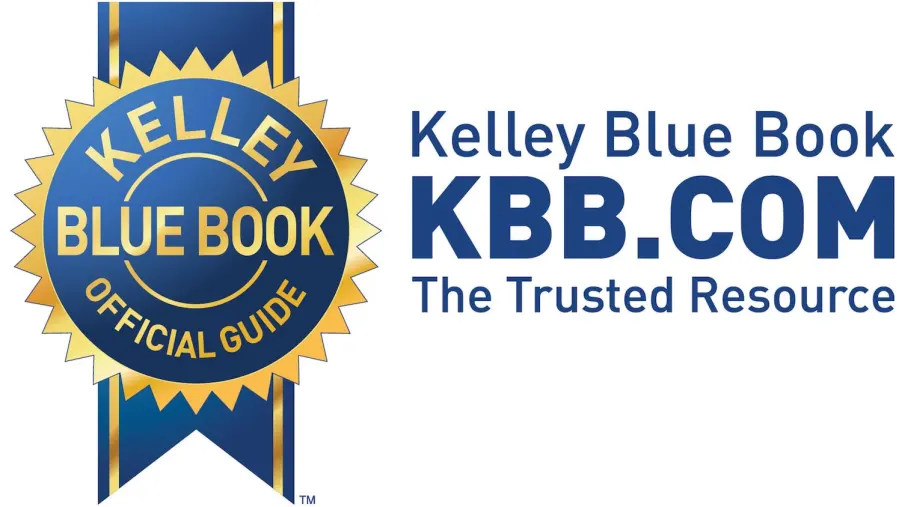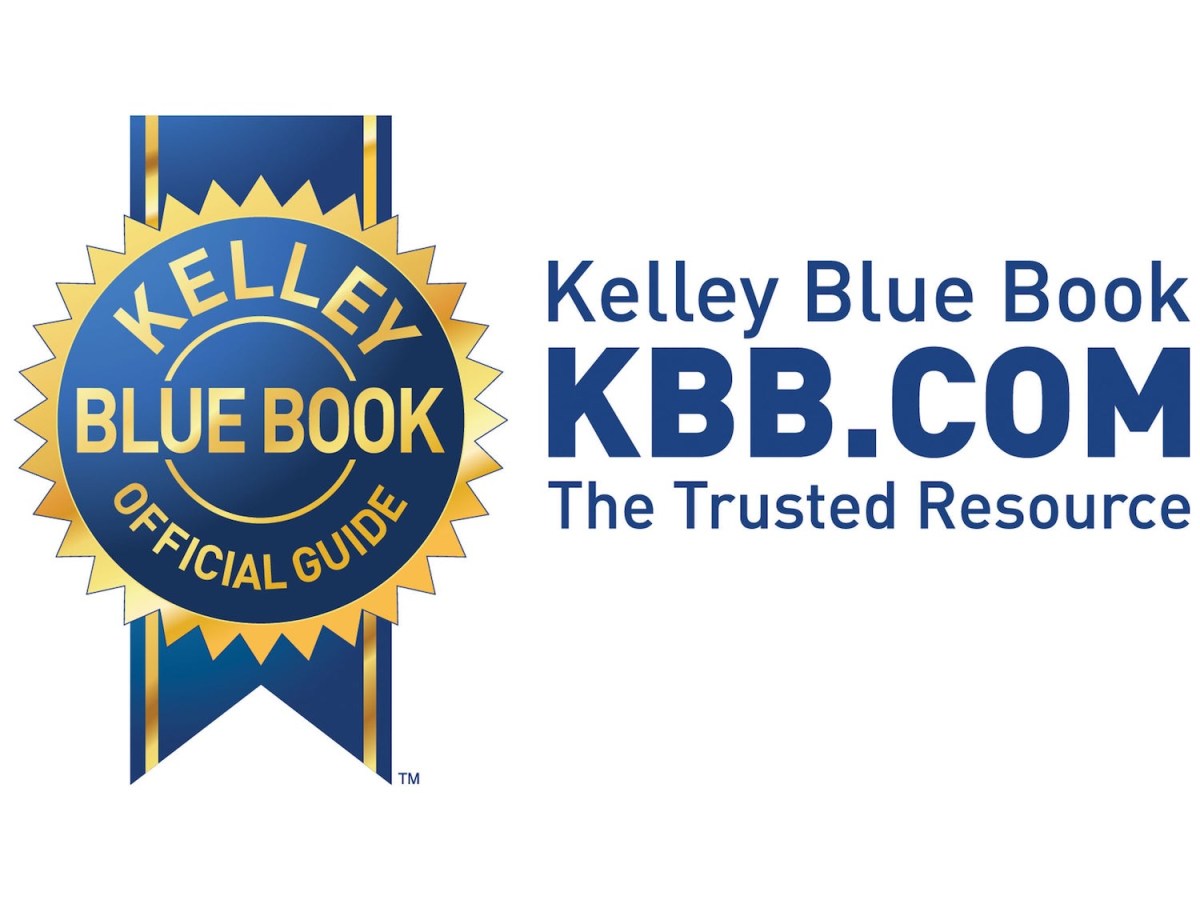
NADA Vs Kelley Blue Book: Which One Should You Use?
Researching a car on the internet usually ends up in one (or both) of two places: National Dealership Association (NADA) guides, and Kelley Blue Book (KBB). Since its 1918 foundation, KBB has become the gold standard for determining a car’s true market value, with respect to car owners. NADAguides, on the other hand, is a resource for dealerships to determine a car’s worth. With all the misinformation and speculation flooding the internet, it’s good to have one or two credible resources to depend on, but which one gets the final say?
NADAguides: nothing but data
NADAguides started in 1933 and works with professionals in the automotive sector. It collects data from auctions and dealership vehicle sales, and pricing information from sales hosting sites like Autotrader. NADA also uses data from manufacturers and companies that buy and sell used cars to get car values.
NADA takes into account macro and micro-economic factors as well, including where the vehicle is located and supply and demand. From the website: “Our values are designed and intended to assist users in performing their own valuation of a particular used vehicle”. NADA apparently doesn’t factor in vehicle condition, according to KBB.
KBB: building on trends

Where NADAguides is very clinical with how it curates data, KBB appears more intelligent. In addition to similar resources used by NADA, KBB uses software to predict market trends, and it does so with hundreds of sources. With this software, KBB takes into account where a customer is located, and regionalized values. For all intents and purposes, NADA appears to provide how much a car should cost, whereas KBB shows what a car is worth.
Which one to use?
Depending on how a customer wants to look at a deal, they might consider using both NADAguides and KBB. While dealerships use NADA, buyers may be able to use it to gain some sort of perspective. Using KBB seems to give a more real-world estimate, especially since it factors in the vehicle’s condition. Either resource is comprehensive enough for basic values, but if a vehicle owner is trying to find a value for their own car, they would probably get a more accurate estimate from KBB.
The price of a used car makes or breaks a deal, for the buyer and the seller. Using NADA gives a good ballpark estimate of why the dealership prices cars the way it does, but KBB might give a better idea of how much the car is worth. Either way, consider the condition of the vehicle. KBB also offers insights as to the best cars to buy within certain parameters.
Dealerships may price a car like new because it thinks the car is in better condition than it is, or is trying to make a customer think so. On the flip side, a vehicle owner trying to place a like-new value on their car that’s been through hell and came back with some dents and faded paint is just as bad. If the dealership price matches the NADA price, look at the condition and cross-reference it with KBB. KBB will probably give a more accurate answer in both cases.


